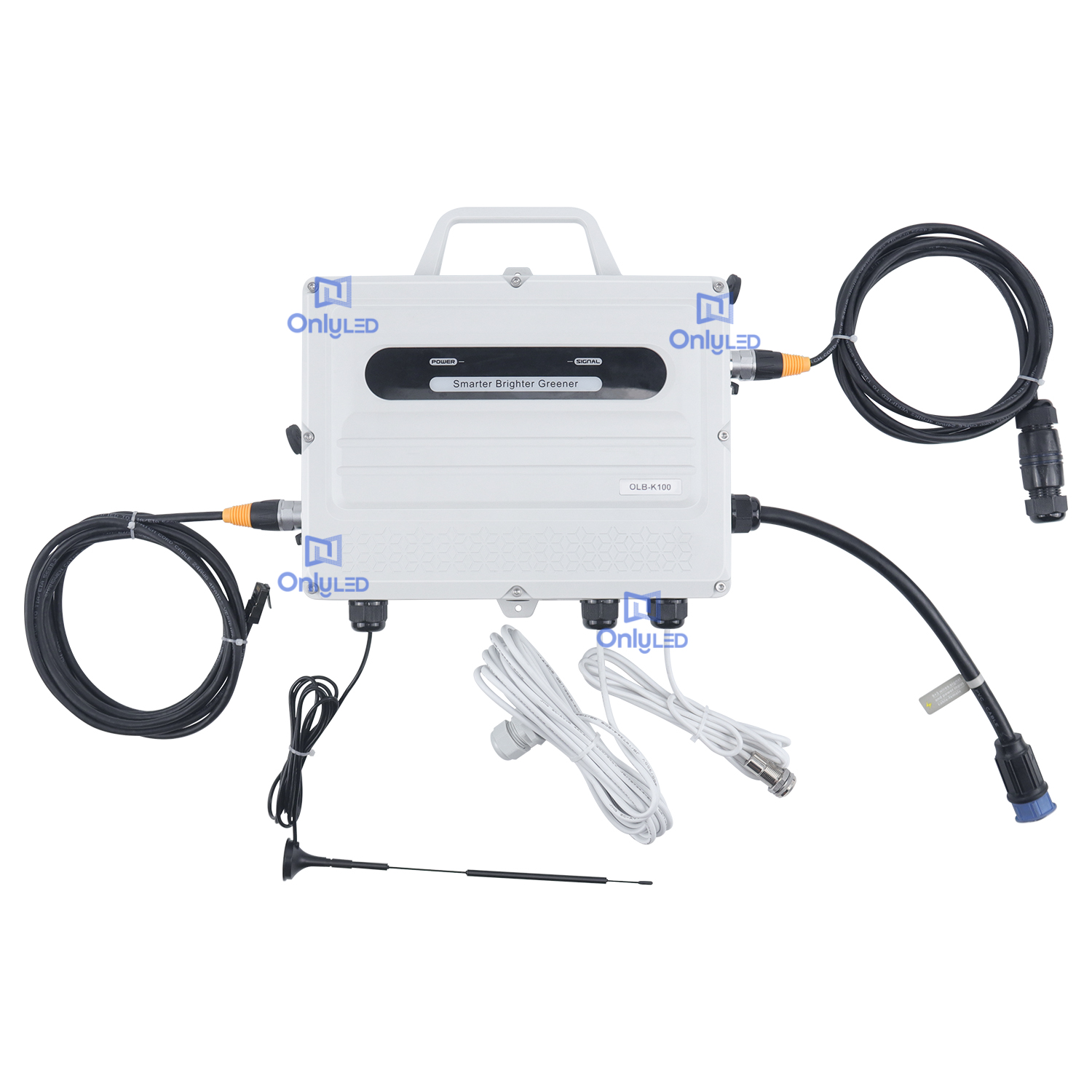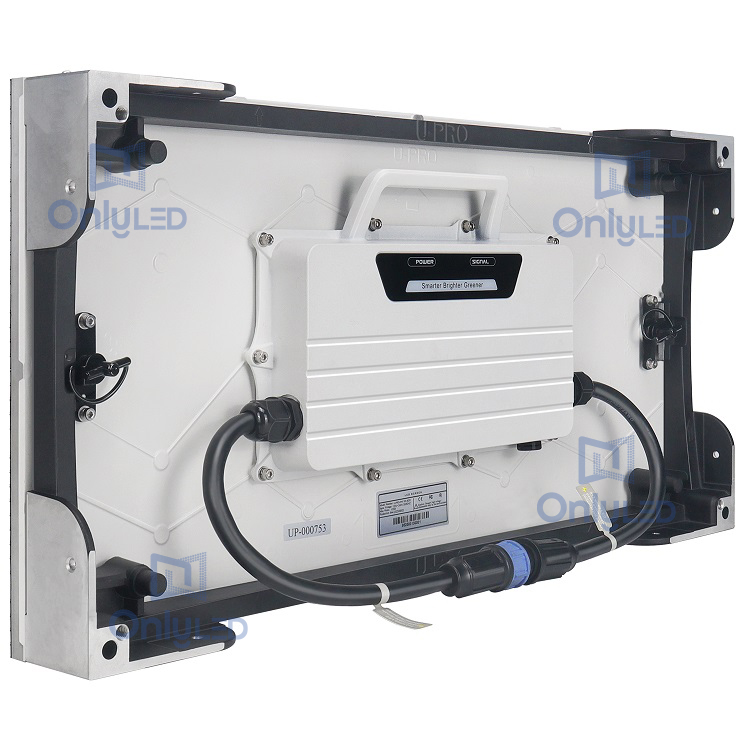Industry News
Exploring the Advancements in Digital Signage Technology
Have you ever wondered what a digital signage display is and how it works? In this article, we will delve into the fascinating world of digital signage and explore its benefits, uses, and technologies.
What is a Digital Signage Display?
A digital signage display, also known as a digital sign or electronic signage, is a dynamic form of visual communication that utilizes digital technologies to showcase content such as images, videos, and information on screens in various locations. Unlike traditional static signs, digital signage displays offer dynamic and interactive content.
The Key Components of a Digital Signage Display
A digital signage display is composed of several key components that work together to create a seamless and engaging visual experience:
1. Display Screens: These can be LCD, LED, or OLED screens of varying sizes, depending on the specific requirements and location. They display the content in high definition, ensuring maximum visibility and impact.
2. Media Players: Media players are responsible for delivering and managing the content displayed on the screens. They can be standalone devices or integrated with the display screens. These players often support various media formats and offer remote content management capabilities.
3. Content Management Systems: Content management systems (CMS) enable users to create, schedule, and update content remotely. They provide a user-friendly interface to manage multiple displays, ensuring effective content distribution and customization.
4. Connectivity: Digital signage displays require connectivity to transmit content. This can be achieved through wired or wireless connections, allowing for seamless content updates and real-time data integration.
Applications and Benefits of Digital Signage Displays
Digital signage displays have become prevalent across various industries and sectors due to their versatility and numerous benefits. Some key applications and benefits include:
Retail: Digital signage displays can be utilized in retail stores to showcase new products, promotions, and advertisements. They enhance the overall shopping experience and influence consumer behaviors.
Hospitality: In hotels and hospitality establishments, digital signage displays can serve as interactive wayfinding systems, event schedules, and guest communication platforms. They also enable targeted advertising and personalized guest experiences.
Education: Within educational institutions, digital signage displays aid in delivering timely announcements, campus navigation, and displaying informative content, enhancing communication and engagement among students, faculty, and visitors.
Transportation: Airports, train stations, and bus terminals often use digital signage displays to provide wayfinding information, departure and arrival schedules, and advertising opportunities. They improve the passenger experience and streamline operations.
Other sectors such as healthcare, corporate offices, entertainment venues, and government organizations can also benefit from digital signage displays by enhancing communication, increasing brand awareness, and improving customer satisfaction.
In Conclusion
As technology continues to advance, digital signage displays have emerged as powerful tools for effective communication and engagement. With their dynamic capabilities and flexibility, these displays offer limitless possibilities for delivering content and captivating audiences. Whether in retail, hospitality, education, or transportation, digital signage displays have become an integral part of modern communication strategies, revolutionizing the way information is shared and consumed.




